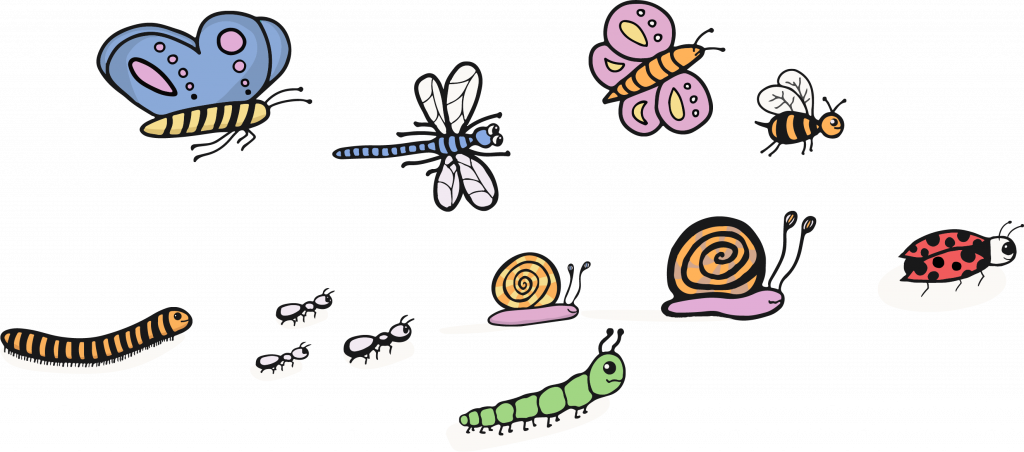You are not logged in.
If you would like to save your progress as you complete our Toolkit, please log in to your WWDA account. If you are not a WWDA member, become a member here (it’s free!).
Glossary
Introduction
Leadership Principle: Challenging and transforming traditional views of leadership
Leadership Principle: Value diversity and lived experience
Leadership Principle: Nothing about us without us
Leadership Principle: Lead by lifting others up
Leadership Principle: Care for self to care for community
Safe leadership
Mentoring
Activity 2: Inclusive practices
For women and gender diverse people with disabilities, there may be barriers to being included. Consider the statements below which are examples of leadership towards inclusive practices. Remember, inclusion is a shared responsibility. We have a right to be included, and a responsibility to include others.
Take time to reflect on the skills and leadership qualities each statement demonstrates.
These statements are just some of ways we may lead in including others. There are many more and you can add to these from your own experiences.
It is important you focus on the uniqueness of your own circumstances. If you don’t see yourself in any of the statements we have come up with, remember we are all different and therefore have different priorities, interests, passions and daily demands on us.
Inclusive practice might look like setting an example for others by caring for self and resting when needed. We will explore more about the importance and value of self-care in the last principle in the toolkit.
If you are sharing this activity with others, discuss together and add some more statements that have demonstrated your problem-solving skills and determination.
I have participated in a group by contributing ideas and listening to others. For example, community groups, education classes, workplace.
I have participated in awareness events and/or campaigns that promote disability awareness and inclusivity.
I have joined or formed a community group that focuses on disability inclusion and accessibility.
I have submitted a formal complaint to the relevant organisation or authority regarding discrimination or poor treatment, seeking appropriate action and meaningful change.
I have provided my input on the design for products and/or services based on my lived experience and needs to ensure accessibility and inclusion.
I have provided constructive feedback on accessibility issues to organisations and/or businesses to help them understand specific barriers and how to address them.
I have shared my story and used my lived experience to educate others about the barriers people with disabilities face and ways to address these barriers.
I lead by example by demonstrating inclusive behaviour in all my interactions, setting a standard for others to follow.
I have advocated for policy changes to develop or implement policies that promote accessibility, equality and inclusion.
Now let’s explore what we have learnt from this activity.
- What have you learnt from this activity?
- Were you surprised by anything?
- How can you apply your learnings here to your role as a leader?

